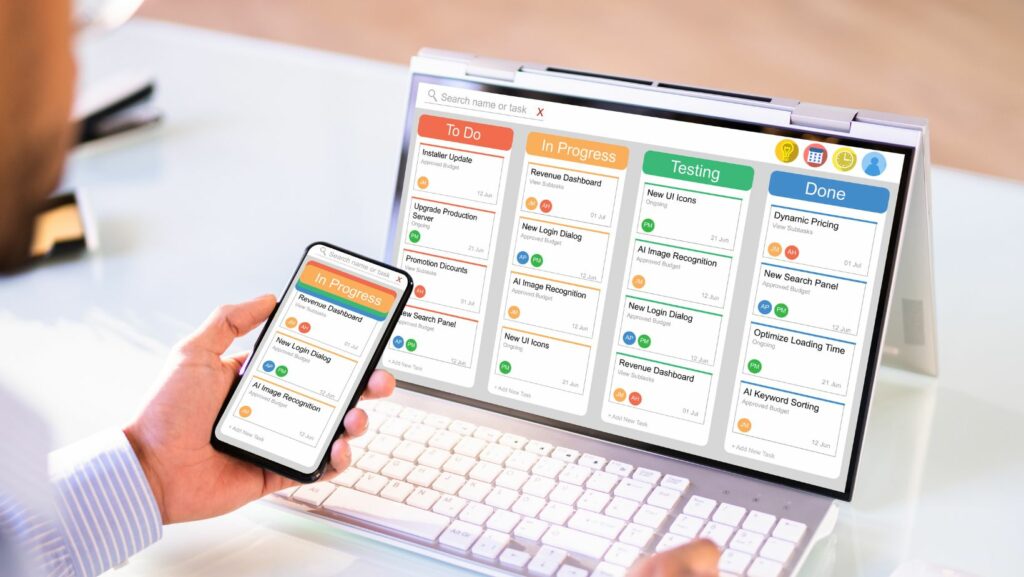Top 10 Best Operating Systems of 2023: Find Your Ideal OS for Gaming and Productivity
Key Takeaways Diverse OS Options: The leading operating systems—Windows, macOS, Linux, and Chrome OS—each offer unique advantages tailored to different user needs and preferences. Windows 11’s Dominance: Windows 11 remains the most popular choice due to its extensive software support, gaming features, and user-friendly interface. macOS for Creatives: macOS Ventura is ideal for creative professionals, […]










